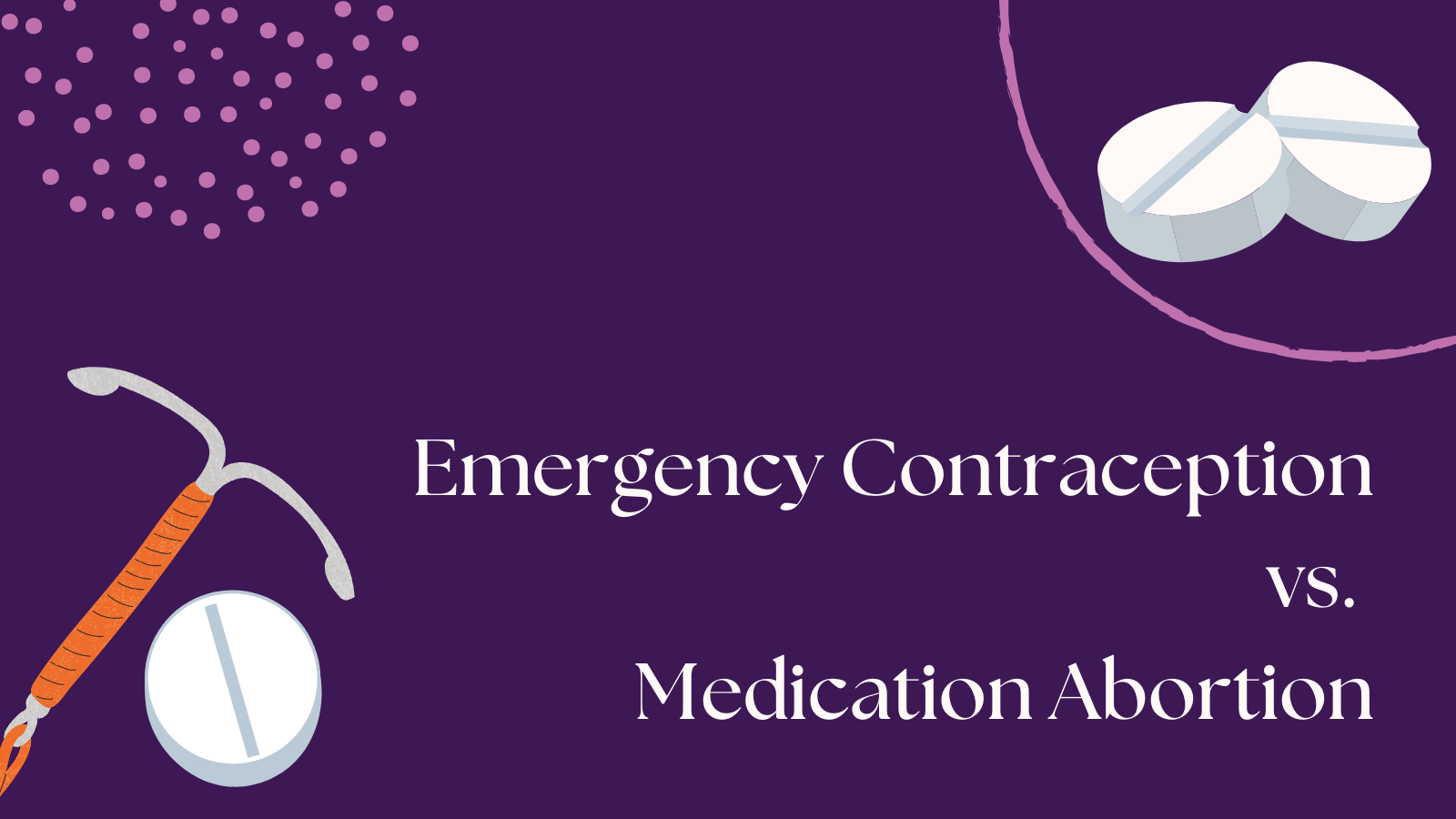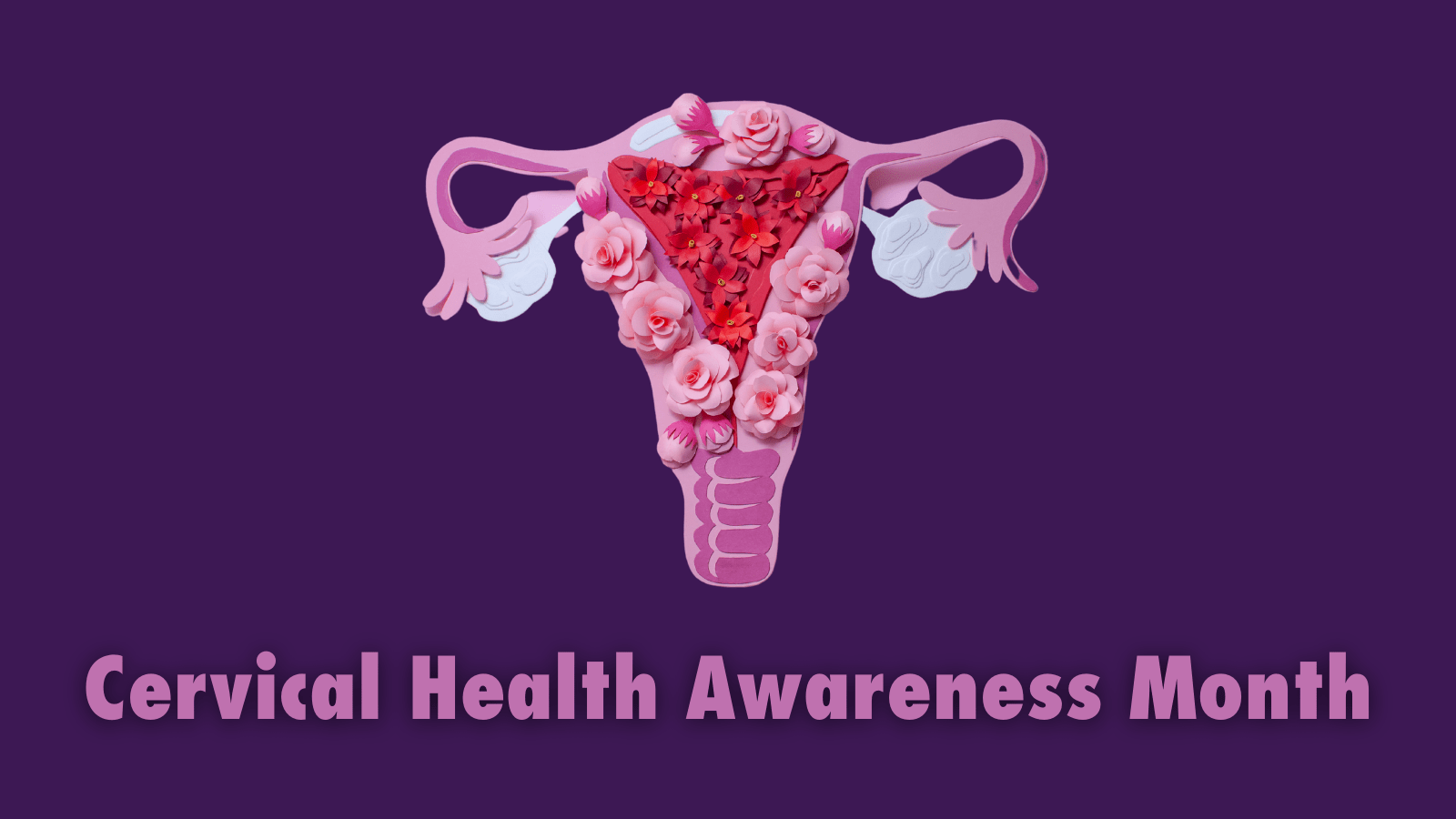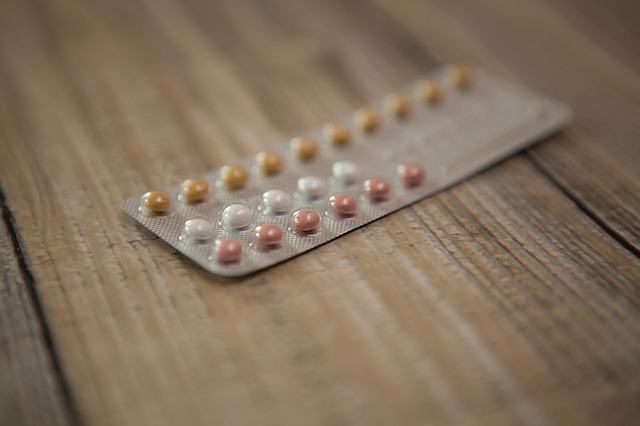There are several different types of birth control out there, but deciding which kind (if any) is right for you takes time, research, and thought. If you’re interested in birth control, our physicians and staff will work with you to find a good fit for your contraceptive needs.
As a quick overview, below are some common forms of birth control you may consider using. One isn’t necessarily better than another, it just depends on what is right for you.
Hormonal IUD: IUDs are small, nearly undetectable, and prevent pregnancy for at least one year (sometimes up to five years). Hormonal IUDs prevent pregnancy by releasing a very small amount of a progestin hormone called levonorgestrel each day. The progestin acts locally in the uterus to prevent pregnancy.
Non-Hormonal IUD: Non-hormonal IUDs prevents pregnancy thanks to a tiny copper filament wrapped around the T (the shape of the IUD). We offer both the Paragard (non-hormonal) and Mirena (hormonal) IUDs. Call us for more information about these methods.
Implant: The implant is a very small rod inserted under the skin of a woman’s upper arm to provide birth control. It’s invisible and prevents pregnancy for up to 4 years.
The Shot: Sometimes called “Depo”, the shot is an injection of the hormone progestin that provides birth control for three months. It can be administered at home or by a healthcare professional.
The Patch: The patch is a thin, beige piece of plastic that looks like a square bandage. It’s easy to use and works like the pill, but you only need to change your patch once a week.
The Pill: Combination birth control pills are a daily medication that contains two hormones (estrogen and progestin) to prevent pregnancy.
The Ring: The ring is a small, flexible piece of plastic that’s inserted into the vagina to provide birth control. It works like the pill, but only needs to be inserted once a month.
Condom: Condoms are one of the most popular forms of birth control out there. They slip over the penis to prevent pregnancy and lower the risk of STIs by keeping sperm inside the condom and out of the vagina.
Internal Condom: Sometimes called a female condom, is a pouch you insert into your vagina. It is a method that gives you lots of control. Internal condoms work the same way that condoms do, except that you wear one on the inside instead of on a penis. They keep sperm inside the condom and out of your vagina.
Diaphragm: A diaphragm is a dome-shaped, silicone cup that’s inserted in the vagina hours before sex to prevent pregnancy. To work effectively, it needs to be used with spermicide to block sperm from reaching eggs.
Cervical Cap: A cervical cap is a silicone cup you insert in your vagina to cover your cervix and keep sperm out of your uterus. To work effectively, it needs to be used with spermicide.
The Sponge: The sponge is a small piece of white plastic foam that’s inserted in the vagina. It can be inserted up to 24 hours before sex.
Spermicide: Spermicide is a chemical that you put deep into your vagina right before sex. Spermicide can be used by itself, or combined with other birth control methods.
Emergency Contraception: Morning-after pills can be used after sex to stop a pregnancy before it starts. Most brands and generic pills are available at stores without a prescription. You can also pick up emergency contraception (Plan B) at any of our clinic locations.
If you have questions about birth control methods and would like to talk to someone and/or schedule an appointment to meet with one of our physicians, call our EmpowerLine at 877-835-1090.




